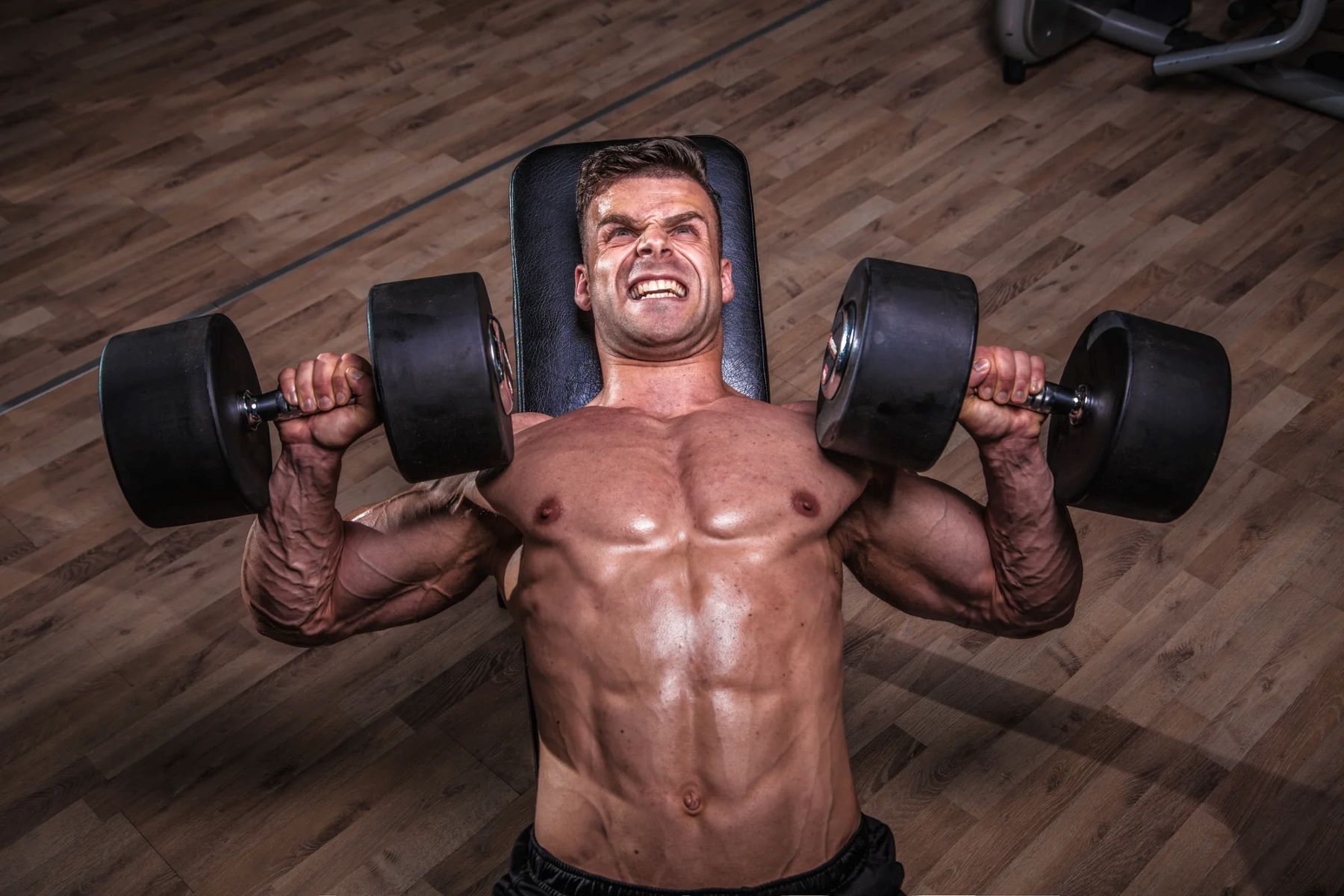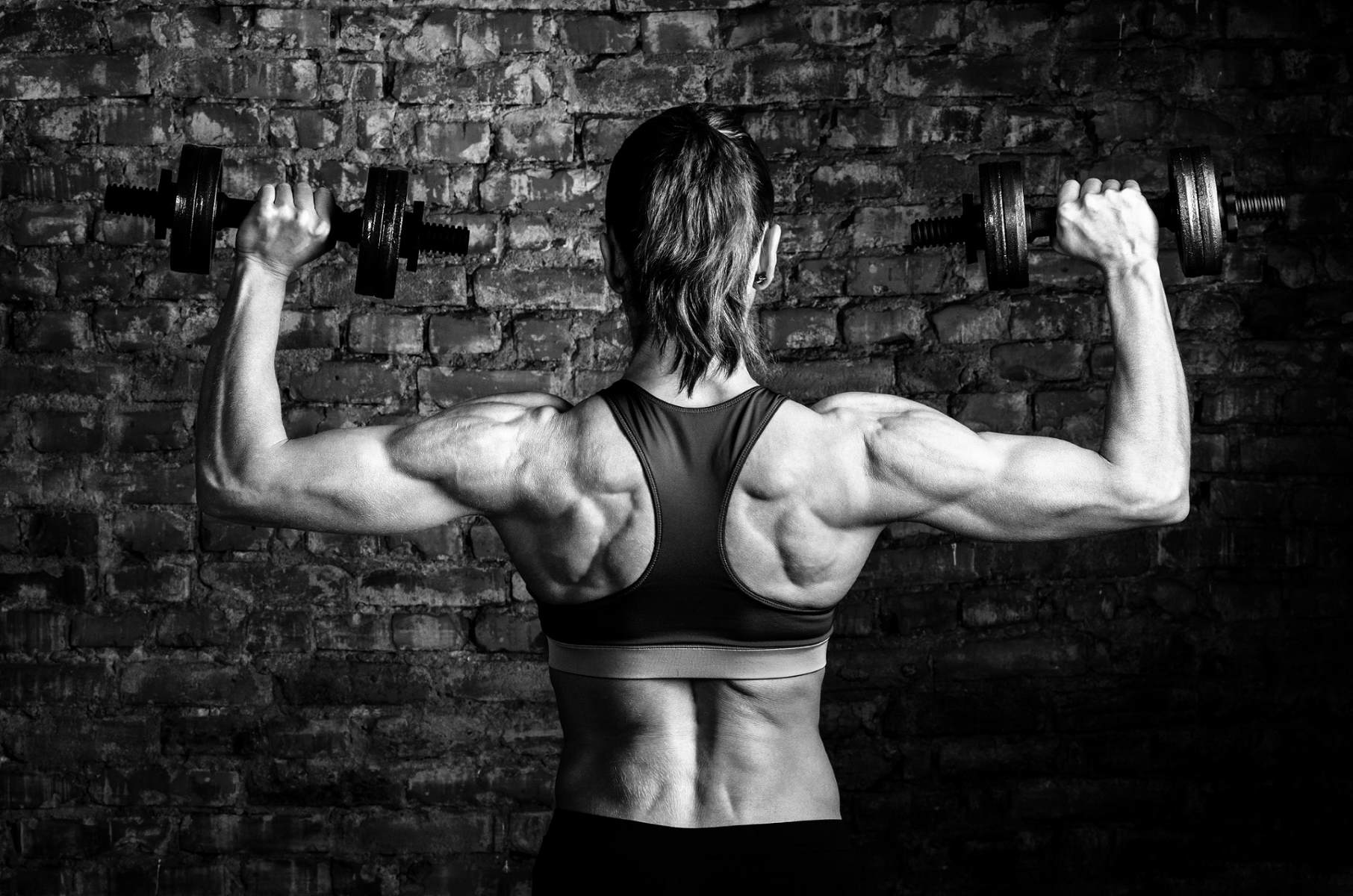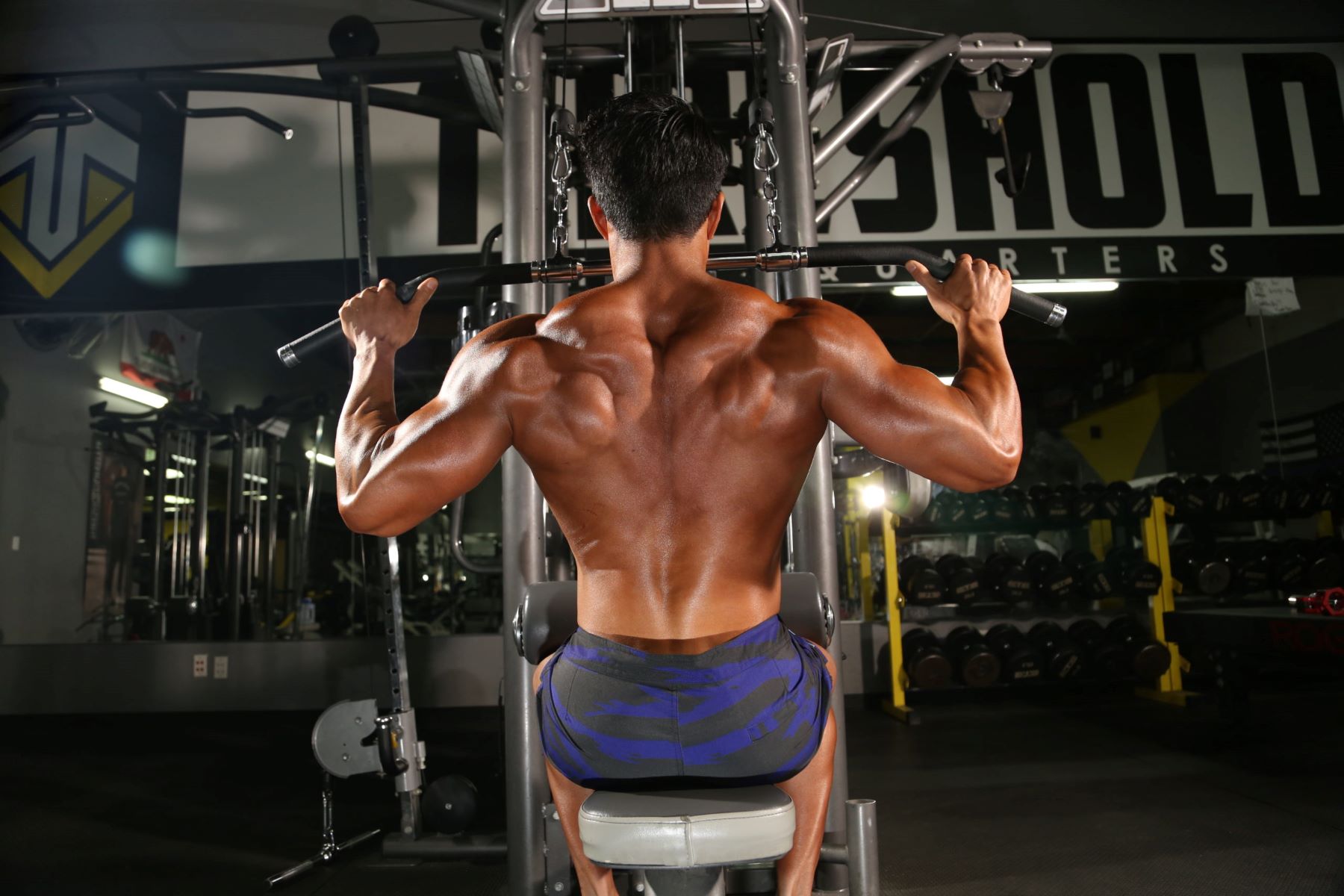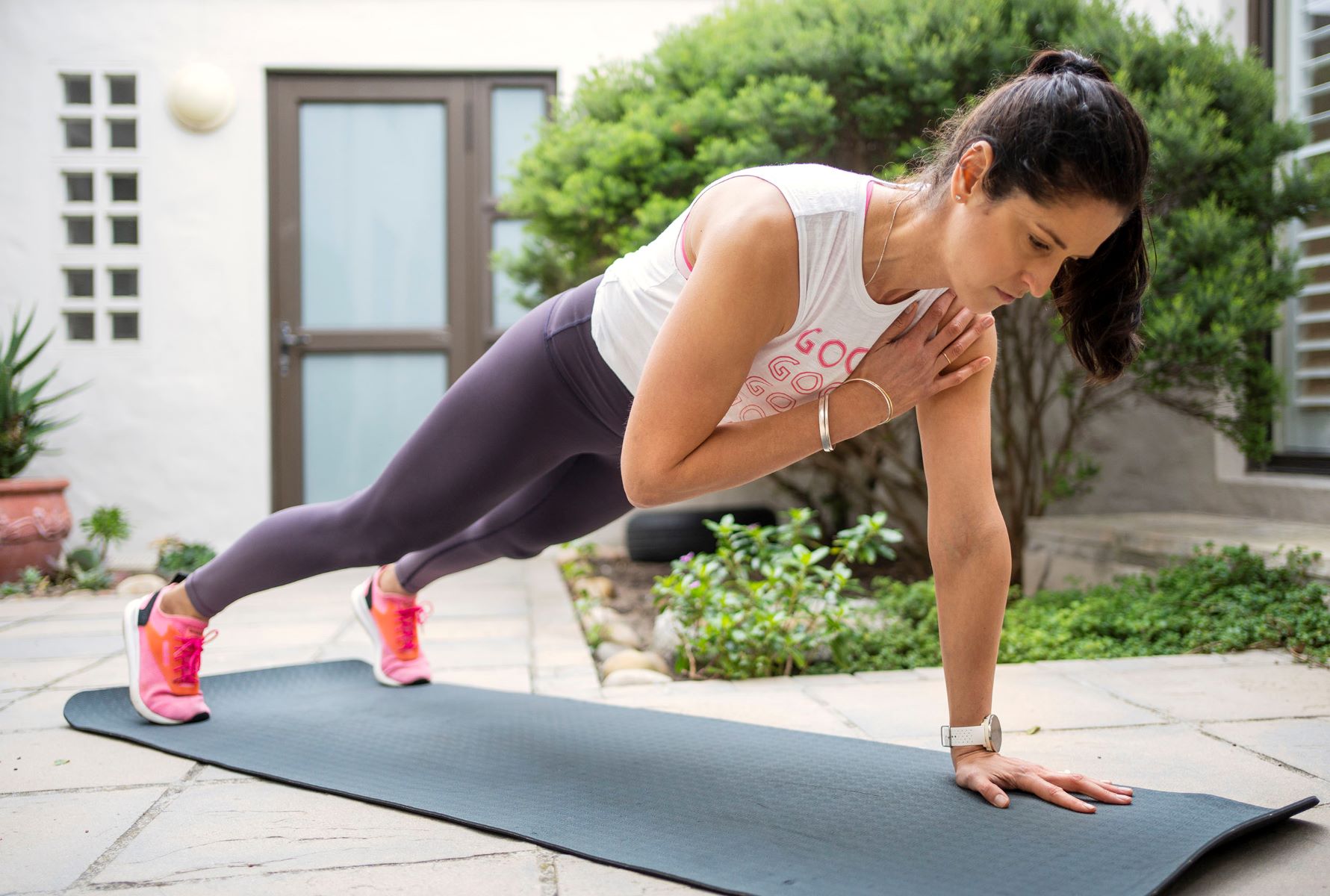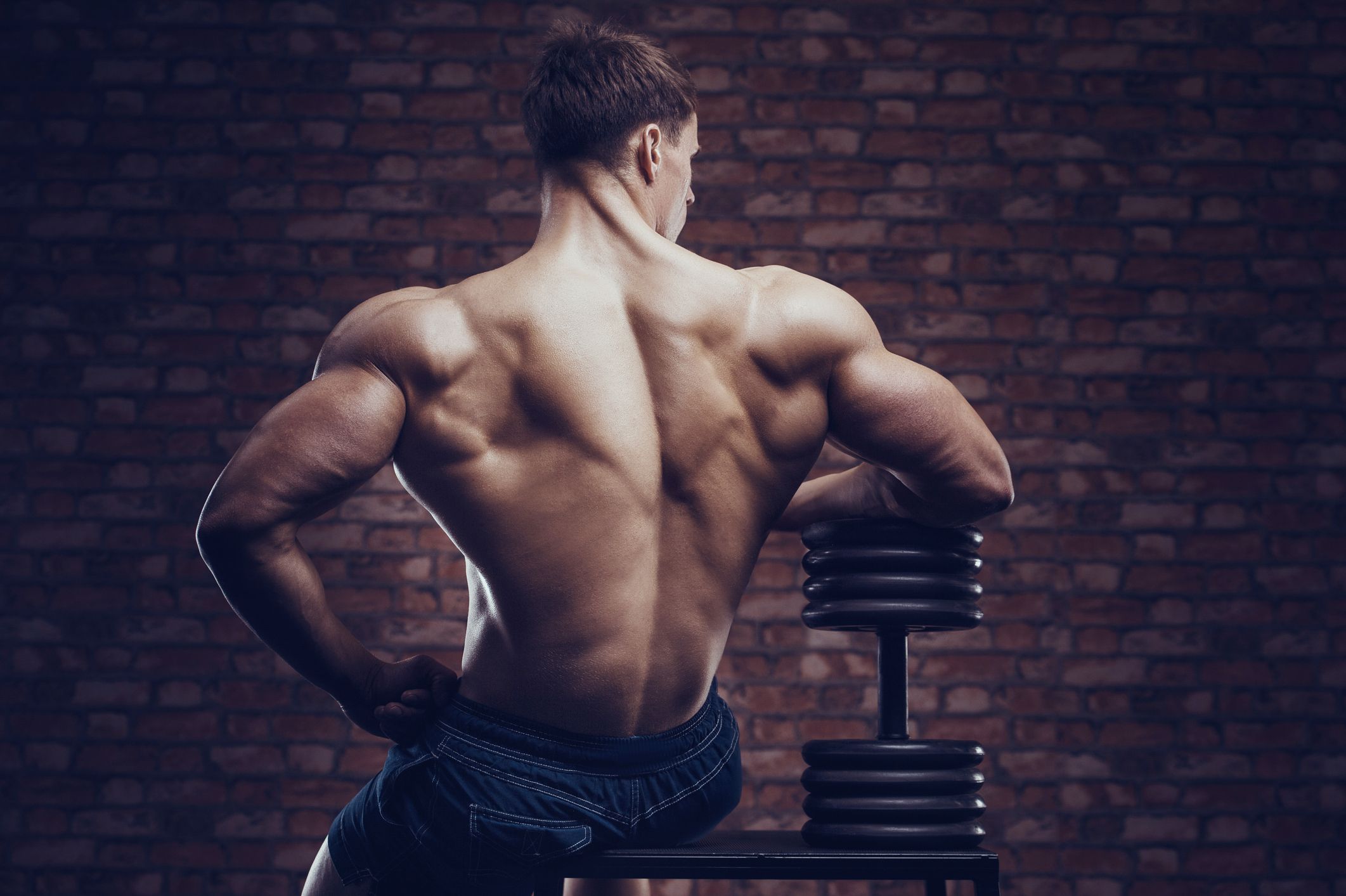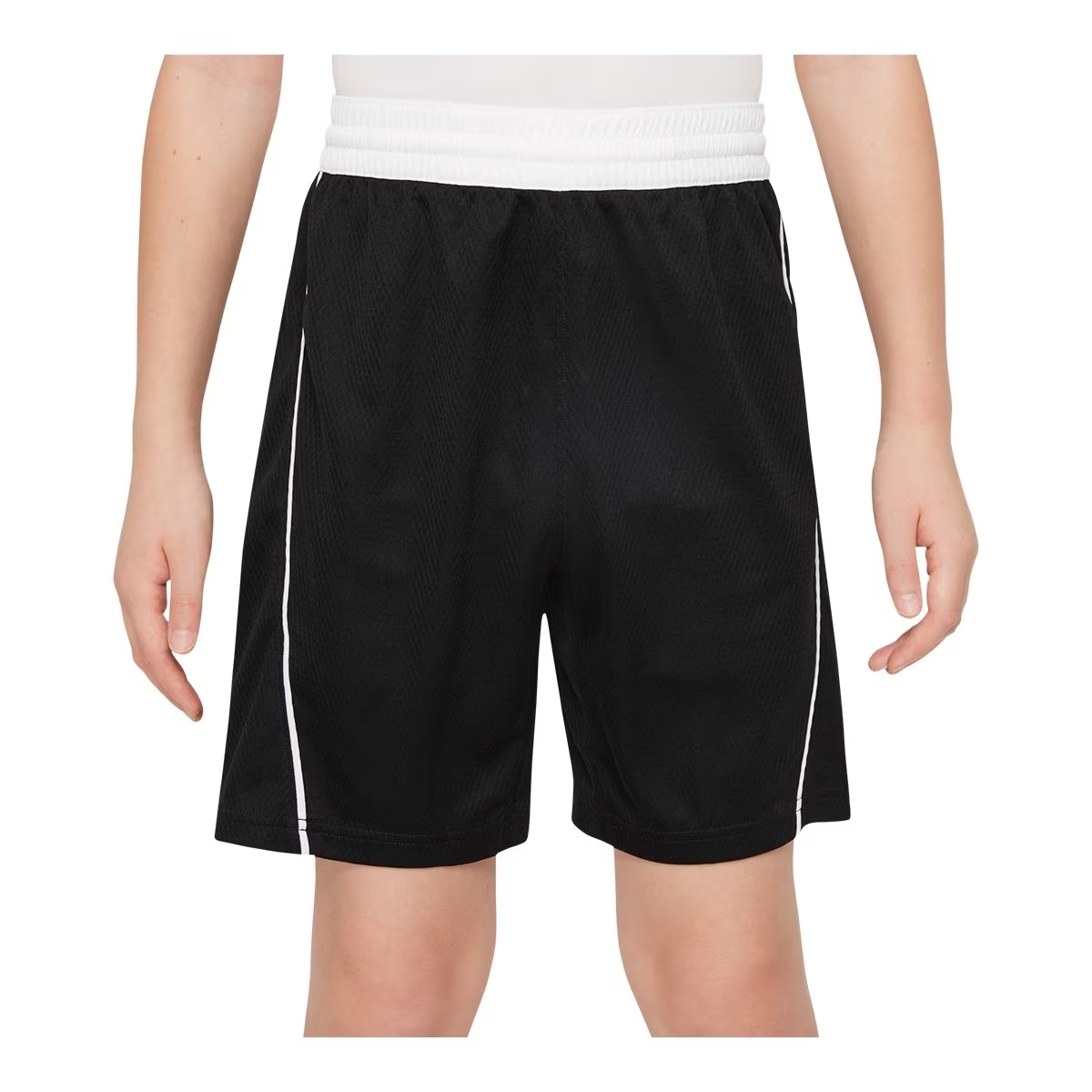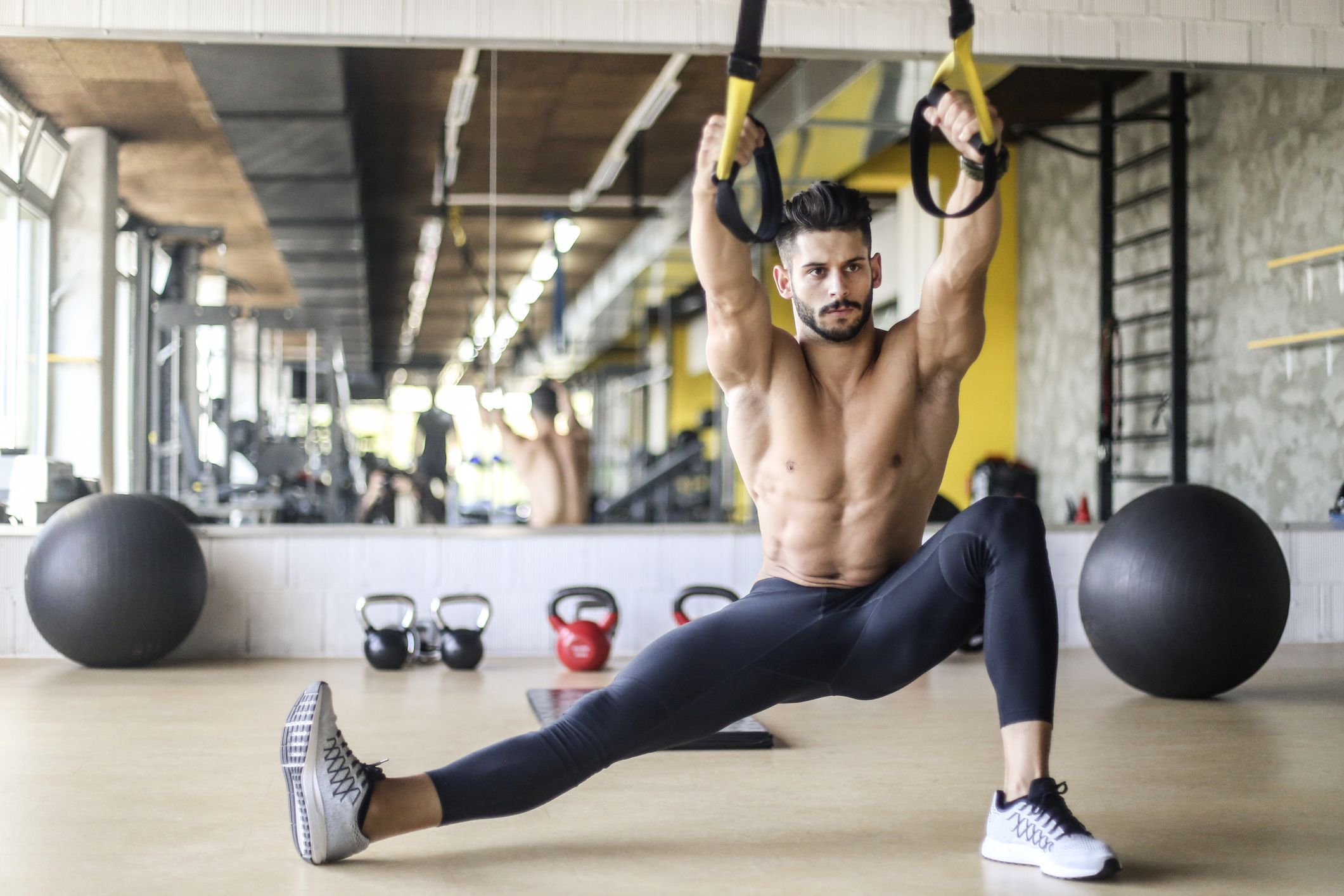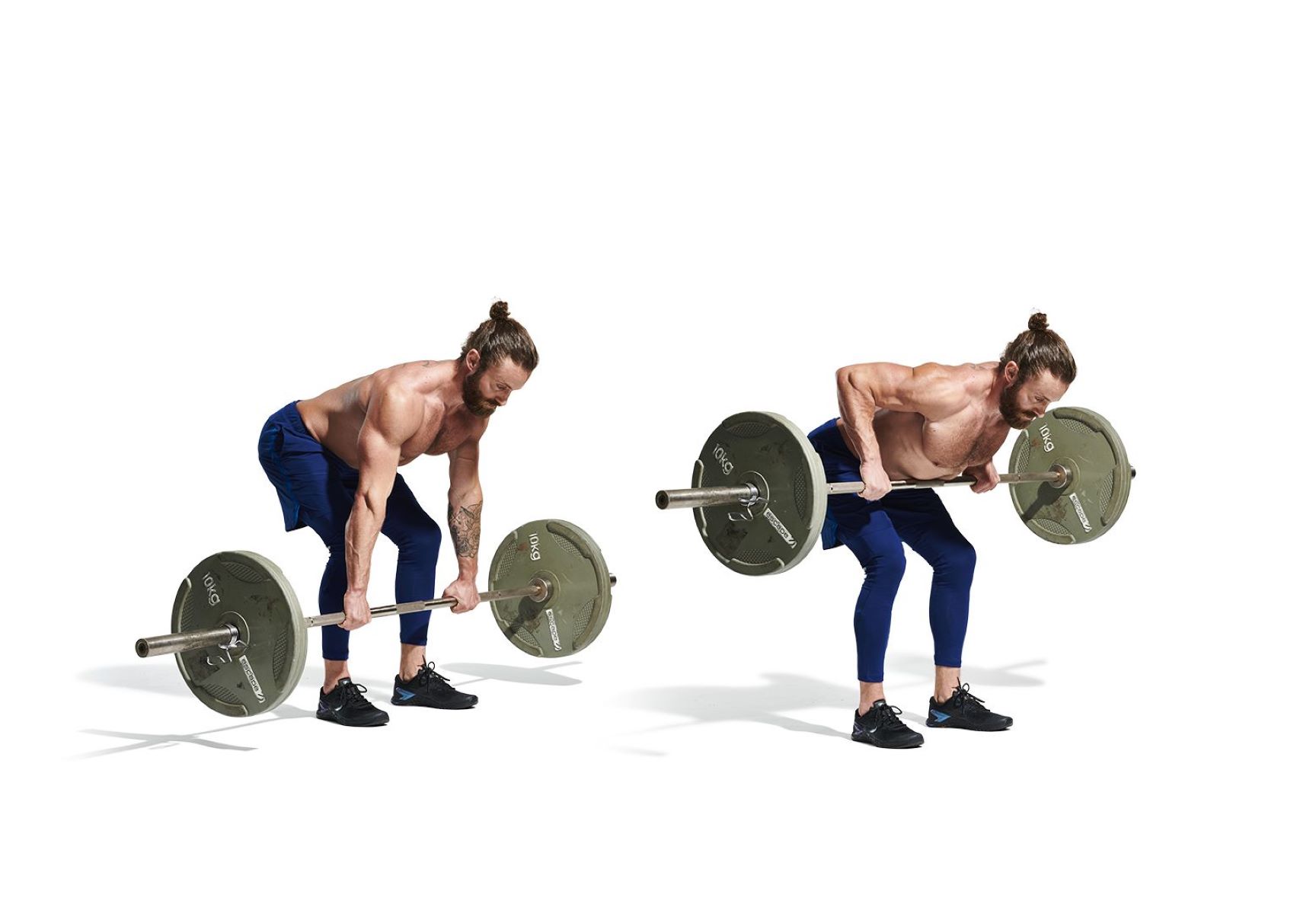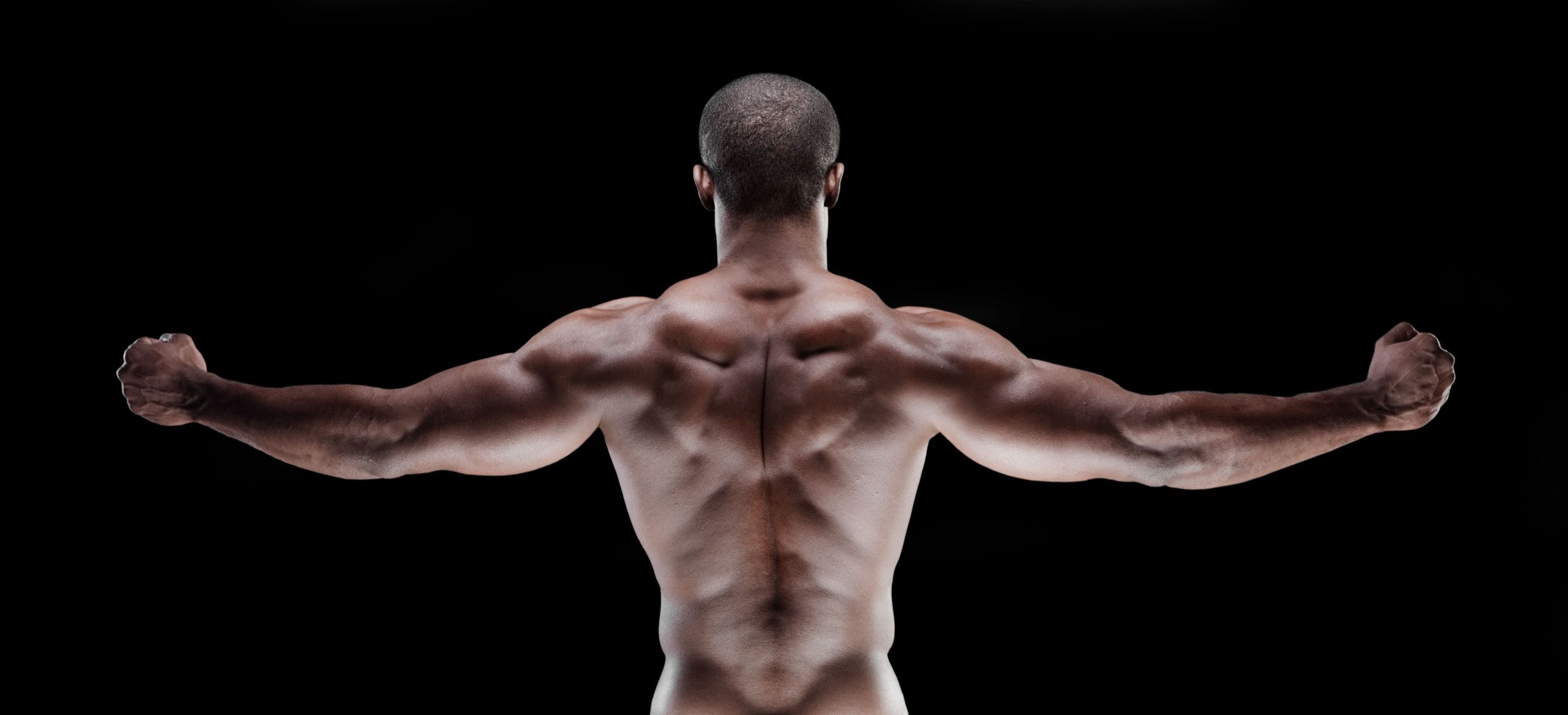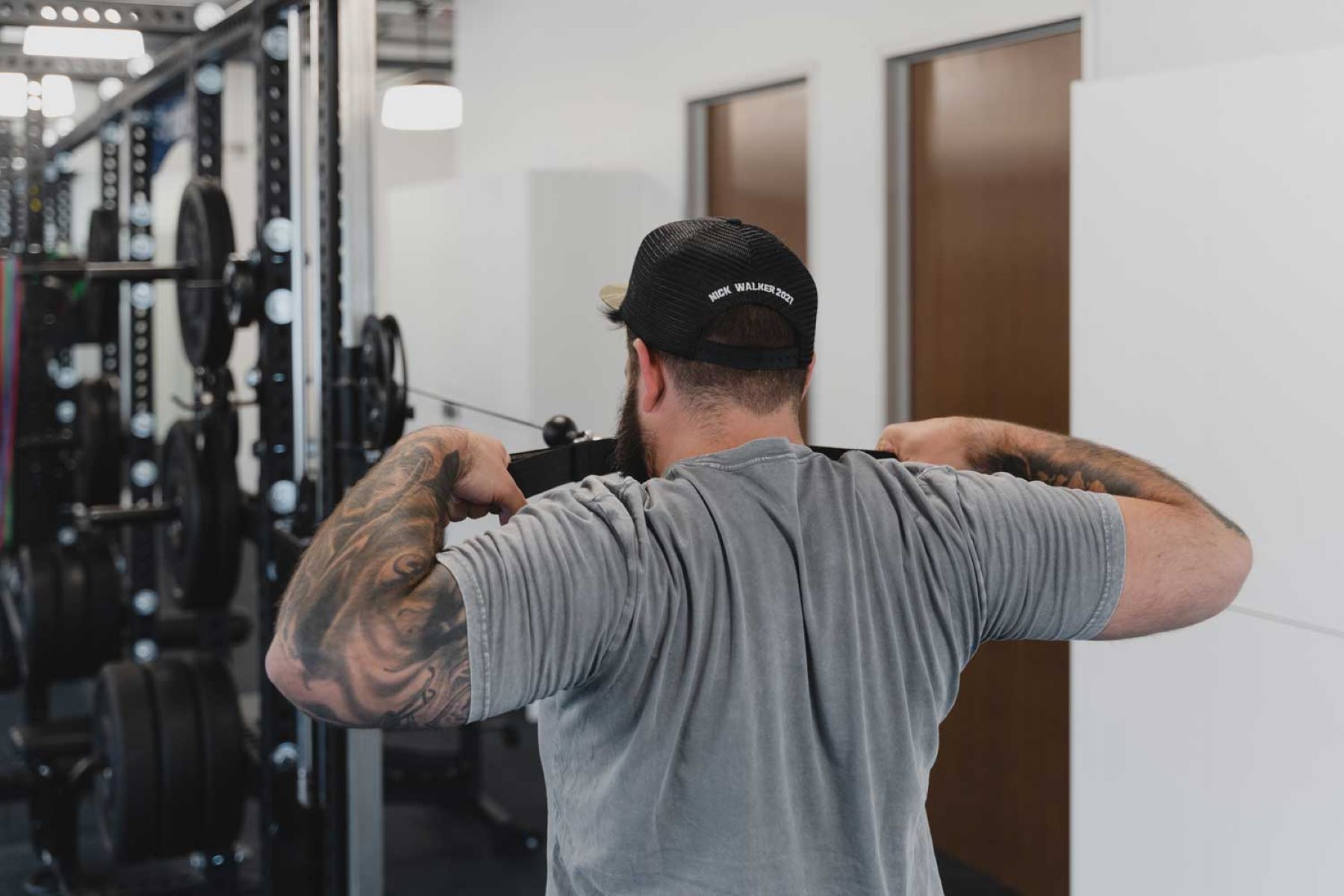

Featured
What Does Face Pulls Workout
Modified: January 2, 2024
Looking to improve your upper body strength and posture? Discover the benefits of face pulls workout. Featured exercises to target your shoulders, upper back, and rotator cuff muscles.
Introduction
When it comes to building a strong and well-rounded physique, it is essential to target both the large and small muscles of the body. While exercises like squats, deadlifts, and bench presses are commonly performed, it is equally important to focus on the often-neglected muscles of the upper back and shoulders.
One exercise that has gained popularity in recent years for its ability to target these muscles is the face pull. This exercise not only helps to improve posture and prevent shoulder injuries, but it also enhances overall upper body strength and stability.
In this article, we will explore the benefits of incorporating face pulls into your workout routine, the muscles that are targeted during this exercise, the proper form and technique, common mistakes to avoid, variations and progressions, and how to incorporate face pulls effectively into your overall training program. Whether you are a beginner or an advanced lifter, understanding the importance of face pulls can greatly benefit your strength, aesthetics, and overall fitness.
Benefits of Face Pulls
Face pulls offer a myriad of benefits and can significantly improve your overall upper body strength and posture. Let’s take a closer look at some of the key advantages of incorporating face pulls into your workout routine:
- Shoulder health and injury prevention: Face pulls primarily target the muscles in the upper back and rear delts, which play a crucial role in maintaining proper shoulder alignment and stability. By strengthening these muscles, you can reduce the risk of shoulder impingement and other common shoulder injuries.
- Improved posture: In today’s sedentary lifestyle, poor posture has become increasingly prevalent. Face pulls help to pull the shoulders back and promote proper alignment of the spine. By strengthening the upper back muscles, you can alleviate upper back and neck pain and develop a more upright and confident posture.
- Enhanced upper body strength: The muscles targeted in face pulls, including the rear delts and upper back, are often weaker compared to the muscles targeted in other exercises like bench presses and pull-ups. By incorporating face pulls into your training, you can strengthen these muscles and achieve more balanced upper body strength.
- Increased pulling power: Face pulls utilize a pulling motion that mimics movements such as rowing or pulling a heavy object towards you. By strengthening the muscles involved in these pulling motions, you can improve your performance in exercises like bent-over rows, pull-ups, and deadlifts.
- Enhanced athletic performance: Strong and stable shoulders are essential for athletes participating in sports that involve throwing, swinging, or any overhead movements. Face pulls can improve shoulder stability and enhance performance in sports like baseball, tennis, golf, and swimming.
By incorporating face pulls into your workout routine, you can reap the numerous benefits they offer, from improved shoulder health and posture to increased upper body strength and enhanced athletic performance.
Muscles Targeted by Face Pulls
Face pulls are a highly effective exercise for targeting and strengthening several key muscles in the upper body. Let’s take a closer look at the muscles that are primarily worked during face pulls:
- Rear Delts (Posterior Deltoids): The rear delts, located at the back of the shoulders, are the main target of face pulls. Strengthening these muscles contributes to better shoulder stability and a well-rounded upper body.
- Rhomboids: The rhomboids are the muscles located between the shoulder blades. They help to retract and stabilize the scapulae, playing a crucial role in maintaining good posture.
- Trapezius (Upper and Middle Portions): The trapezius muscles, particularly the upper and middle portions, are also engaged during face pulls. These muscles help to elevate and retract the scapulae, aiding in shoulder stability and posture.
- Posterior Rotator Cuff Muscles: Face pulls activate the posterior rotator cuff muscles, including the infraspinatus and teres minor. These muscles play a critical role in shoulder external rotation, providing stability and preventing injuries during overhead movements.
- Forearms: While not the primary focus, the forearms are engaged during face pulls to hold and control the resistance. This can help improve grip strength and forearm endurance.
By targeting these muscles, face pulls help to strengthen the upper back, shoulders, and arms, promoting better posture, shoulder stability, and overall upper body strength. Incorporating face pulls into your training routine can provide a balanced and comprehensive workout for the muscles of the upper body.
Proper Form and Technique for Face Pulls
Performing face pulls with proper form and technique is crucial to ensure that you target the intended muscles effectively and minimize the risk of injury. Here is a step-by-step guide on how to perform face pulls correctly:
- Adjust the cable or resistance band: Set the cable or resistance band at approximately chest or face level, depending on your preference and equipment availability.
- Attach the rope or handles: Attach a rope or handles to the cable or resistance band. Hold onto the handles with an overhand grip, palms facing each other.
- Stand straight: Stand with your feet shoulder-width apart, maintaining a neutral spine and engaging your core.
- Begin the pull: Start the movement by pulling the rope or handles towards your face, keeping your elbows high and in line with your shoulders. Your upper arms should be parallel to the floor.
- Squeeze the target muscles: When the rope or handles reach your face, focus on squeezing your shoulder blades together and contracting the muscles of your upper back. Hold this position for a brief moment to maximize the muscle engagement.
- Control the eccentric phase: Slowly extend your arms, returning to the starting position, making sure to maintain tension in the target muscles throughout the entire range of motion.
- Repeat for the desired number of repetitions: Perform the exercise for the recommended number of repetitions and sets, focusing on maintaining proper form and technique throughout the workout.
It’s important to note that throughout the movement, you should avoid using excessive momentum or swinging. Instead, focus on controlled and deliberate movements, emphasizing the contraction of the target muscles.
Remember, form and technique are crucial to maximize the effectiveness of face pulls and minimize the risk of injury. If you’re uncertain about the correct execution of face pulls, seek guidance from a qualified fitness professional.
Common Mistakes to Avoid While Doing Face Pulls
While face pulls are a highly beneficial exercise, it’s important to be aware of common mistakes that can hinder your progress or lead to injury. By avoiding these mistakes, you can ensure that you are performing face pulls correctly and maximizing their effectiveness. Here are some common mistakes to watch out for:
- Using too much weight: It’s crucial to start with a lighter weight and focus on proper form before increasing the resistance. Using too much weight can compromise your technique and shift the emphasis away from the intended muscles.
- Letting the elbows drop: Keeping your elbows high and in line with your shoulders is essential to effectively target the rear delts and upper back muscles. Allowing the elbows to drop too low reduces the engagement of these muscles and places unnecessary stress on the shoulders.
- Not fully retracting the shoulder blades: To properly engage the target muscles, it’s important to fully retract the shoulder blades and squeeze them together at the end of the movement. Failing to do so limits the effectiveness of face pulls.
- Leaning back excessively: Leaning back excessively during face pulls shifts the emphasis away from the upper back and rear delts, and places more stress on the lower back. Maintain an upright position throughout the exercise to target the intended muscles.
- Using momentum: Relying on momentum and jerking motions to complete the movement takes the focus away from the muscles and can lead to injury. Practice controlled and deliberate movements to ensure proper muscle engagement.
- Not maintaining tension: Throughout the exercise, it’s important to maintain tension in the target muscles. Avoid completely relaxing the muscles during the eccentric phase and instead, focus on controlled extension.
- Speeding through the repetitions: Performing face pulls too quickly can compromise your form and reduce the effectiveness of the exercise. Focus on a controlled and deliberate tempo, emphasizing the contraction and extension of the target muscles.
By being mindful of these common mistakes and focusing on proper form and technique, you can perform face pulls effectively and reap the maximum benefits they offer.
Variations and Progressions of Face Pulls
While the traditional face pull is an excellent exercise on its own, there are several variations and progressions that can add variety and challenge to your workouts. These variations target the muscles from different angles and provide new stimuli for muscle growth and development. Here are some notable variations and progressions of face pulls:
- Overhead Face Pulls: Instead of pulling the rope or handles towards the face, this variation involves pulling them overhead. This movement places greater emphasis on the rear delts and upper back, challenging the muscles in a different way.
- Single-Arm Face Pulls: Performing face pulls with one arm at a time increases the demand on the core and stabilizing muscles. It also helps to correct any strength imbalances between the left and right sides of the body.
- Resistance Band Face Pulls: If you don’t have access to a cable machine, you can perform face pulls with a resistance band. Simply attach the band to an anchor point and follow the same technique as the traditional face pull.
- Face Pulls with Rotation: Start the face pull movement as usual, but as you pull the rope or handles towards your face, rotate your torso to one side. This variation adds an element of rotational core stability and further engages the oblique muscles.
- Face Pulls with External Rotation: At the end of the face pull movement, externally rotate your shoulders and pause for a moment before returning to the starting position. This focuses on strengthening the rotator cuff muscles and enhancing shoulder stability.
- Weighted Face Pulls: Once you have mastered the traditional face pulls, you can gradually add external weight, such as a weighted vest or dumbbells, to increase the intensity and further challenge your muscles.
It is important to note that before progressing to more advanced variations or adding external weight, you should have a solid foundation of strength and proper technique in the traditional face pull exercise. Increase the difficulty gradually and listen to your body’s feedback to prevent overexertion or injury.
By incorporating these variations and progressions into your training routine, you can keep your workouts fresh and continue to challenge your muscles for optimal growth and development.
Incorporating Face Pulls into Your Workout Routine
Now that you understand the benefits and variations of face pulls, it’s time to learn how to incorporate them effectively into your workout routine. Here are some tips to help you integrate face pulls into your training:
- Frequency: Aim to perform face pulls 2-3 times per week. This frequency allows for adequate rest and recovery between sessions while ensuring consistent stimulation for muscle growth.
- Placement in the workout: Face pulls can be done at the beginning or end of your upper body workout. If you prioritize upper back and shoulder development, consider performing face pulls towards the start of your routine when you have more energy and focus.
- Sets and repetitions: Start with 3-4 sets of 10-15 repetitions. Gradually increase the intensity by adding more sets or repetitions as you progress. Remember to choose a weight that challenges you but still allows for proper form and technique.
- Superset or pairing: To save time and increase the intensity of your workouts, consider pairing face pulls with other upper body exercises. For example, you can alternate between face pulls and bent-over rows to target different muscles in the upper back.
- Progression: As you become more comfortable with face pulls, try incorporating some of the variations and progressions mentioned earlier. Rotate between different variations every few weeks to keep your workouts dynamic and prevent plateauing.
- Listen to your body: Pay attention to how your body responds to face pulls. If you experience any discomfort or pain, it’s important to reassess your form and technique or seek guidance from a qualified fitness professional.
- Combine with a well-rounded program: Face pulls are an excellent addition to a comprehensive upper body workout routine. Incorporate them alongside exercises like pull-ups, rows, and shoulder presses to create a balanced and effective program.
Remember, consistency is key. Make face pulls a regular part of your training routine to reap the full benefits they offer for shoulder health, posture, and upper body strength. Don’t be afraid to experiment with variations and progressions to keep your workouts challenging and engaging.
Frequently Asked Questions about Face Pulls
Here are some common questions that people frequently ask about face pulls:
- Can I do face pulls if I have a shoulder injury?
Face pulls can actually be beneficial for rehabilitating and strengthening the shoulder muscles. However, it is important to consult with a qualified healthcare professional or physical therapist to determine if face pulls are appropriate for your specific injury and condition. - Can I use a resistance band instead of a cable machine for face pulls?
Yes, you can definitely use a resistance band instead of a cable machine for face pulls. Attach the band to a stable anchor point and follow the same form and technique as with the cable machine. - How frequently should I perform face pulls?
It is recommended to perform face pulls 2-3 times per week, allowing for adequate rest and recovery between sessions. This frequency ensures consistent stimulation for muscle growth and development. - Will face pulls help improve my posture?
Yes, face pulls can be highly effective in improving posture. By strengthening the muscles of the upper back and rear delts, face pulls help to pull the shoulders back and promote proper alignment of the spine, leading to improved posture. - Can I incorporate face pulls into my shoulder workout?
Absolutely! Face pulls can be a great addition to your shoulder workout routine. They target the rear delts, which are often overlooked in traditional shoulder exercises. Incorporating face pulls can help to develop well-rounded shoulder muscles and improve shoulder stability. - Can I build muscle with face pulls?
Yes, face pulls can certainly contribute to muscle growth and development in the upper back and shoulders. By challenging these muscles and progressively increasing the intensity over time, you can stimulate muscle hypertrophy and build strength. - Are face pulls only for advanced lifters?
Face pulls can be beneficial for individuals of all fitness levels, from beginners to advanced lifters. They are a versatile exercise that can be modified and progressed based on individual strength and goals. However, it is important to start with proper form and technique and gradually increase the intensity as you become more comfortable.
If you have any other questions or concerns about face pulls, it is recommended to consult with a certified fitness professional or healthcare provider for personalized guidance and support.
Conclusion
Incorporating face pulls into your workout routine can have a multitude of benefits for your upper body strength, posture, and overall fitness. By targeting muscles that are often neglected, such as the rear delts, upper back, and rotator cuff, face pulls help to improve shoulder health, enhance posture, and increase pulling power.
Remember to prioritize proper form and technique when performing face pulls to maximize their effectiveness and minimize the risk of injury. Start with lighter weights and gradually progress to more challenging variations as your strength and confidence increase.
Whether you’re a beginner or an advanced lifter, face pulls offer a versatile and effective exercise option. By incorporating them into your workout routine 2-3 times per week and pairing them with other upper body exercises, you can create a well-rounded program that promotes balanced muscle development and improved athletic performance.
Don’t forget to listen to your body and consult with a qualified fitness professional if you have any concerns or questions. With consistency and dedication, face pulls can help you achieve a stronger, better-aligned, and more functional upper body.

